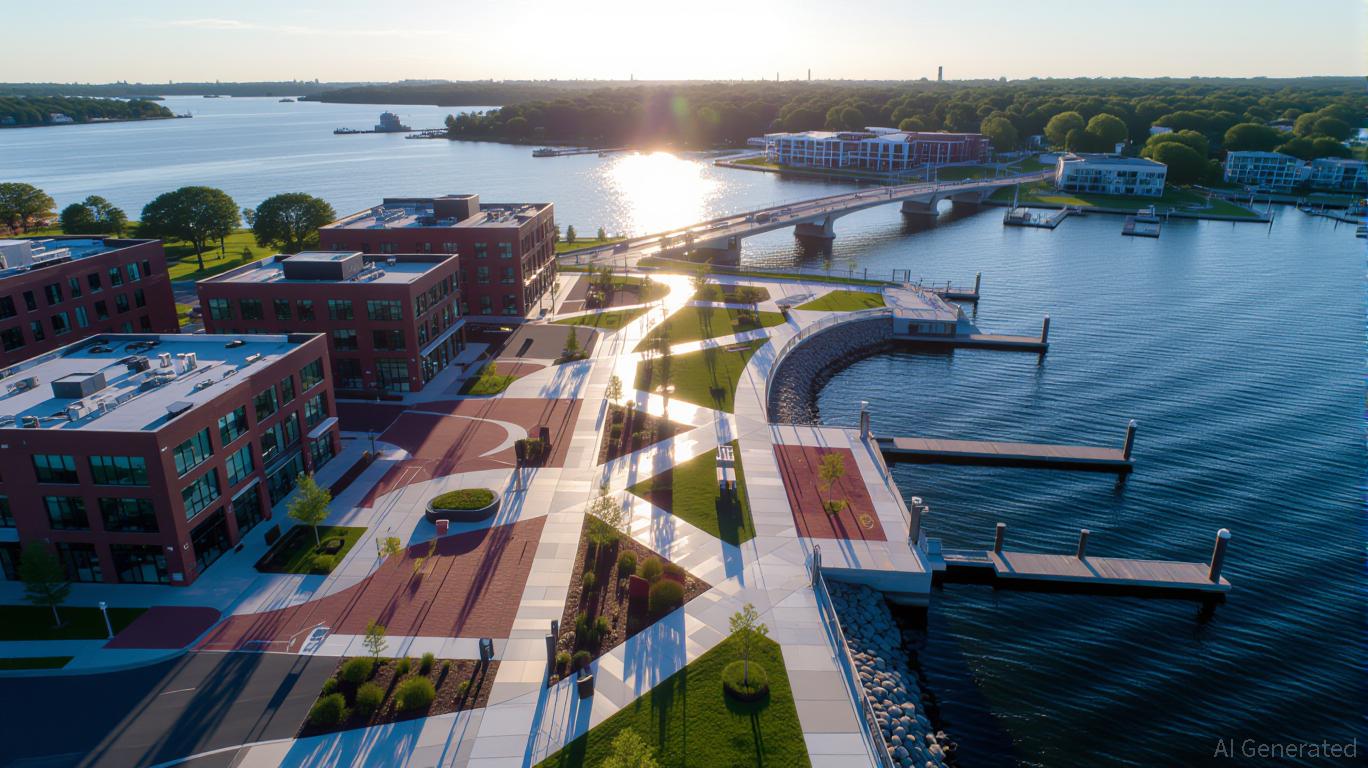Anduril’s self-operating weapon systems face challenges during trials and real-world use, according to the WSJ
Setbacks Plague Anduril Industries' Autonomous Weapons Testing
Recent coverage from the Wall Street Journal reveals that Anduril Industries, a defense technology startup, has encountered significant difficulties while trialing its autonomous weapon platforms. Among the reported incidents are over a dozen drone boats that malfunctioned during a U.S. Navy exercise off the coast of California in May, prompting sailors to raise concerns about safety risks and the possibility of casualties. Additionally, a mechanical malfunction during a summer ground test led to engine damage in Anduril’s unmanned Fury jet fighter, and a test of the Anvil counter-drone system in Oregon last August sparked a fire that scorched 22 acres.
Company Background and Military Contracts
Anduril was established in 2017 by Palmer Luckey and secured $2.5 billion in funding this June, reaching a valuation of $30.5 billion with support from Founders Fund, one of its early backers. The company has landed several defense contracts, including projects focused on autonomous aircraft and anti-drone technologies.
Challenges in Real-World Deployment
According to the Journal, Anduril’s performance in active conflict zones has also been troubled. Ukrainian SBU security service personnel reported that Altius loitering drones supplied by Anduril frequently crashed and failed to strike intended targets. These persistent problems led Ukrainian forces to discontinue use of the drones in 2024, with no deployments since. Despite these setbacks, Anduril asserts that such obstacles are a normal part of weapons development, emphasizing that its engineering team continues to make significant advancements and that these incidents do not reflect fundamental issues with its technology.
Disclaimer: The content of this article solely reflects the author's opinion and does not represent the platform in any capacity. This article is not intended to serve as a reference for making investment decisions.
You may also like
Ethereum News Update: ZKP’s Hardware-Centric Strategy Shakes Up Speculation-Fueled Crypto Presales
- ZKP launches with $17M pre-built Proof Pods, offering instant AI compute rewards via Wi-Fi-connected hardware. - Unlike speculative presales, ZKP's hardware-first model ensures operational readiness and decentralized network resilience. - Competitors like Blazpay and SpacePay focus on utility-driven crypto adoption, but ZKP's tiered, upgradable devices emphasize verifiable performance. - Ethereum's gas limit increase aligns with ZKP's distributed compute approach, addressing scalability challenges throug

Solana News Update: Investors Shift Toward XRP ETFs, Bringing Solana's 21-Day Inflow Streak to a Close
- Solana ETFs ended a 21-day inflow streak with a $8.1M net outflow on Nov 27, 2025, led by 21Shares TSOL's $34.37M redemptions. - This reversal contrasted with Bitcoin/Ethereum ETFs' $5.43B outflows and highlighted Solana's 7% staking yields and 70M daily transactions. - Analysts linked the shift to profit-taking, macroeconomic pressures, and investor rotation toward XRP ETFs with perfect inflow records. - Despite the outflow, Solana ETFs still hold $964M in assets, but face challenges as TVL dropped 32%

XRP News Today: Institutional ETFs Drive XRP to Compete with Bitcoin's Market Leadership
- XRP ETFs see $160M+ inflows as institutional demand surges, with Bitwise and Franklin Templeton leading the charge. - NYSE approves Grayscale and Franklin XRP/Dogecoin ETFs amid SEC easing altcoin fund approvals, signaling crypto normalization. - Altcoin Season Index at 25/100 shows Bitcoin dominance, but projects like Aster and Zcash outperform BTC by 1,000%+. - XRP rebounds to $2.06 with 48% volume spike, but 79M tokens absorbed by ETFs raise supply concerns. - Institutional-grade custody solutions fro

Public-Private Collaborations Driving Real Estate and Industrial Expansion in Webster, NY
- Webster , NY, leverages PPPs via FAST NY and NY Forward grants to boost infrastructure, real estate , and industrial investment. - Xerox campus upgrades and downtown revitalization projects enhance connectivity, attracting advanced manufacturing and logistics sectors. - $650M fairlife® facility creates 250 jobs, demonstrating how modernized infrastructure attracts high-value industries to secondary markets. - Websters model shows PPPs can drive sustainable growth by aligning public funding with private-s
